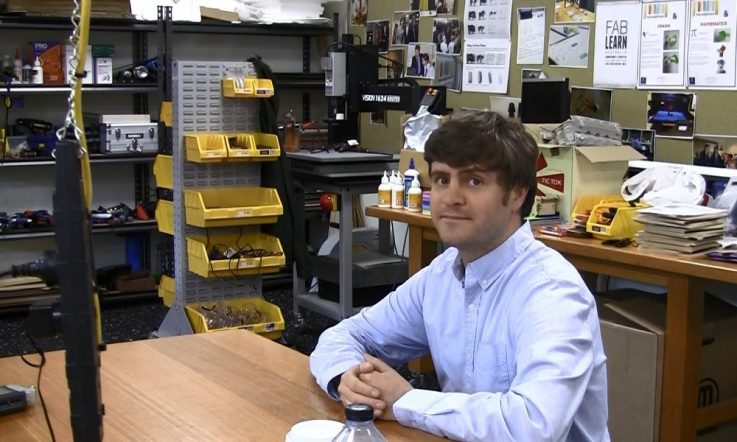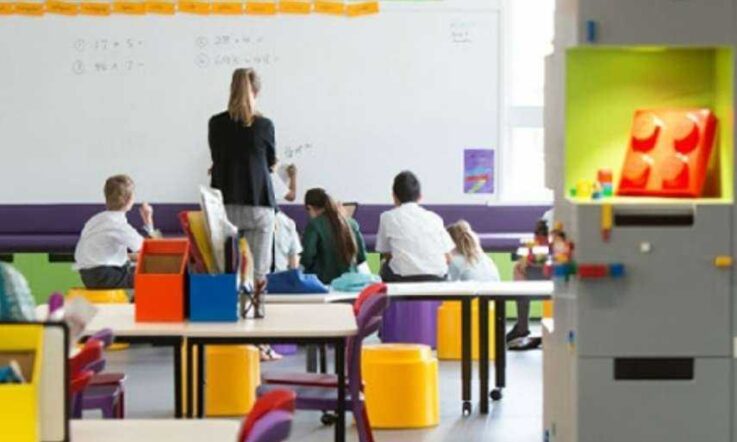Could some of the strategies that are being used as a way to get more students into STEM (Science, Technology, Engineering and Maths) learning be actually making the gap between those who are interested and those who aren't wider?
That's exactly what Sydney maths and science teacher Jake Little found when he travelled to the US to explore the effectiveness of programs aimed at engaging girls in STEM. He expected to see lots of extra-curricular, discrete programs, but that wasn't the case.
‘What they [teachers in the US] found was, if they had these extra-curricular STEM programs the only students turning up were those that were already interested, so it was sort of creating a bigger STEM gap,' he tells Teacher. ‘[Instead], the idea was to target the general school population, and one way was integrating maths and science as part of a curriculum approach rather than an add-on.'
Little is a Year 7 to 12 teacher at Wenona School, an independent school for girls in North Sydney, New South Wales. His trip to the US at the end of last year was funded through a Wenona Teaching Fellowship. ‘I started in New York, really focusing on the makerspace movement. Then I went to Texas and spoke at a conference on problem solving and mathematics. Then I popped over to San Diego, where I visited High Tech High School and really looked at the project-based learning and how they were integrating that into the STEM classes.
‘It's specifically science and maths that we're targeting at Wenona but the aim of the fellowship was also to get hands-on with technology and engineering, just to develop my skills there being a new teacher (I'm only in my third year). So, it was really good that a lot of the schools that I went to I wasn't just visiting I was actually engaging with the tasks with the students.'
Little is now working on implementing his findings from the US at Wenona, starting on a small scale and monitoring the impact and effectiveness as part of his PhD through the University of Sydney. The plan is to slowly integrate mathematics and science in Stage 4 (Year 7 and 8) from Term 4, starting with one class and delivering two- to three-week blocks of work each term. The approach will involve team-teaching, with a maths and science teacher in the classroom at the same time.
‘It's an action research project spanning across about four to five years ideally,' the educator explains. ‘So, we'll look at if it improves the students' mindset, engagement, enjoyment – especially towards mathematics – and we're also going to measure it in terms of their test scores to see if there is any change.'
Feedback will also be gathered from teachers and students. Little says starting small and showing what works, and then scaling things up, is an important aspect of the program. ‘At the moment we have the heads of department involved, then we're slowly going to disseminate the idea to interested teachers who would like to be involved. They found in the US that the way to attract teachers to get involved wasn't to sort of throw this information at them and say “come along”, it was to show that it was working.'
In terms of the actual teaching, he adds a key aspect is linking to content standards. ‘The really important thing is the content standards are addressed in each lesson so it doesn't become a bit of an “airy-fairy project” – the standards are really important and the teachers will work together on those projects.'
The educator plans to stage an open night for parents at the end of the year to showcase what's been happening, the content standards, the students' work and how they've improved in class.
Jake Little will be one of the workshop presenters at the Excellence in Professional Practice Conference 2017 in May, where he'll be sharing details of the approach being taken at Wenona School to integrate science and mathematics in Stage 4.
Think about the last time you trialled something new in your class or school:
What did you hope to achieve?
How did you monitor its effectiveness? Were you able to scale it up?
Did you share the findings with colleagues, students or parents?



